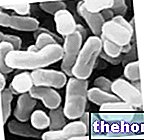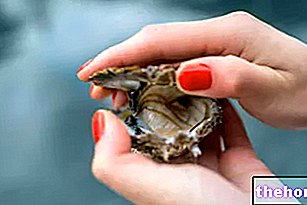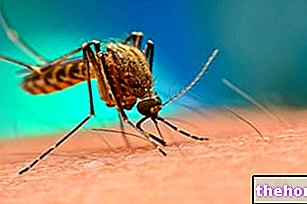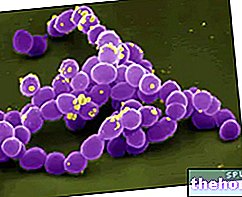The term microorganisms and its synonyms (microbes, germs, etc.) refers to very small living beings (in the "order of a millionth of a meter), generally unicellular, that is, formed by a single cell, but with some characteristics common to all. the other more complex living beings.
Microorganisms are divided into four groups:
- bacteria: in turn classified into gram positive and gram negative. They are found everywhere, in the earth, in the water, in the air and in our skin, but also in environments
hostile to life (high temperatures, lack of oxygen). Some of these microorganisms have the ability to produce spores comparable to particularly resistant shells, which allow the bacterium to survive in hostile conditions (heat, cold, nutrient scarcity) for quite a long time. As soon as the environmental conditions return favorable, the spore transforms back into its vegetative form and the bacterial cell regains the ability to replicate.
Based on their shape, they are divided into cocci (cylindrical bacteria), bacilli (rod-shaped) and spirilli (spiral rod-shaped).
- Fungi and molds: larger and more complex than bacteria, they grow on organic materials forming colonies with a "similar appearance to a cotton flake or to a slimy substance with very variable colors. These microorganisms reproduce by means of spores that can propagate in the" environment transported by air or animals.
- Yeasts: a middle ground between fungi and bacteria; unlike molds, which are multicellular (for this reason, they do not properly represent microorganisms), yeasts are unicellular organisms.
- Viruses: very small, more than real living forms, they are organic molecules that live at the expense of another form of life and are therefore defined as obligate parasites. Consequently, strictly speaking, they cannot be considered microorganisms, nor so much fewer living organisms
DIMENSIONS OF MICROORGANISMS:
- bacteria: 0.2 - 10 µm;
- mold spores: 2.5 - 20 µm;
- yeast spores: 4-12 µm;
- virus: 0.015 - 0.25 µ (visible only under the electron microscope).
Not all microorganisms are enemies of man; some of them, for example, have been used for centuries in the preparation of foods such as bread, wine, vinegar and cheese. Some bacteria that populate our intestine produce vitamins and antibiotics, protecting the organism and strengthening the immune system; in the same way the lactobacilli that make up the vaginal flora protect the female organism from genital infections.
Only some microorganisms are therefore dangerous for health and have the ability to cause serious diseases. Examples are plague, cholera, tetanus and tuberculosis, as regards bacteria, candida and aspergillosis for fungal microorganisms, mononucleosis, smallpox, AIDS and rubella for viruses.
On the basis of the relationships that these contract with the host, different types of microorganisms are distinguished:
- saprophytes or commensals: they live and multiply in contact with the host without causing damage; indeed, at times a relationship of mutual benefit can be established (symbiosis);
- Pathogens: microorganisms that tend to cause disease;
- Opportunists: normally harmless microorganisms, but capable of causing diseases, even serious ones, following a weakening of the organic defenses.





























